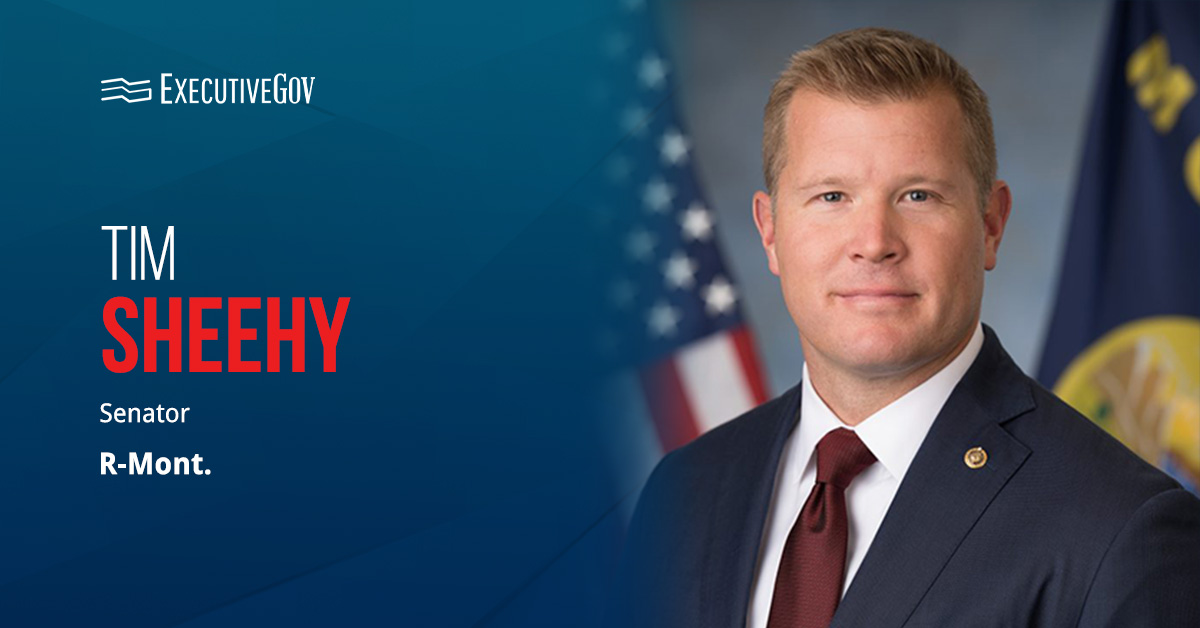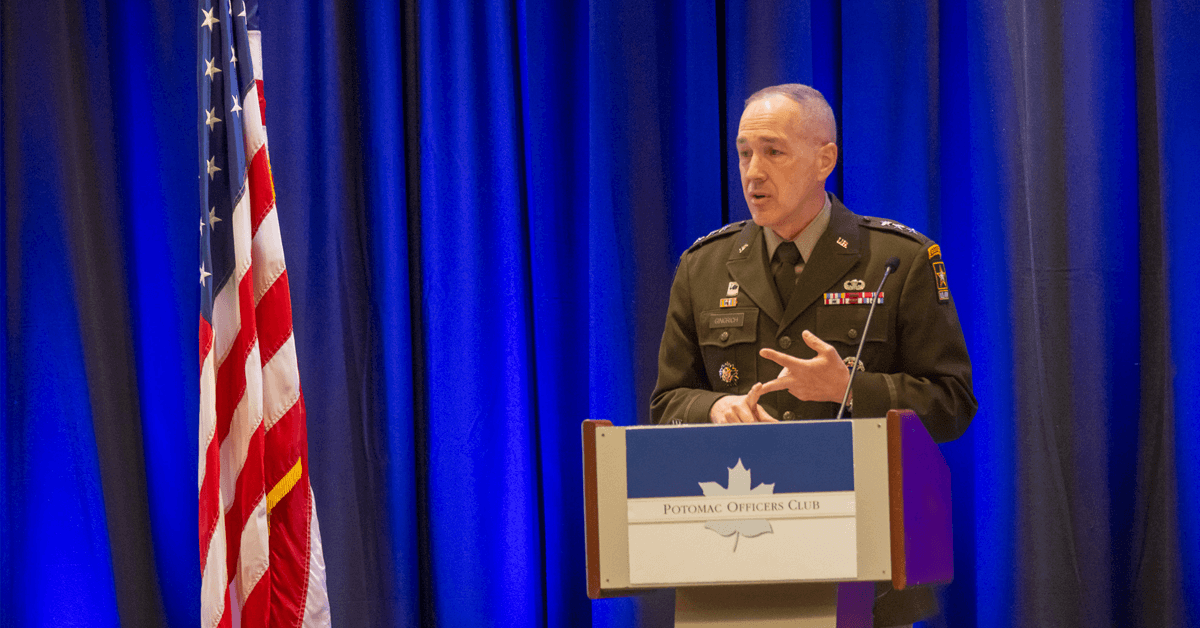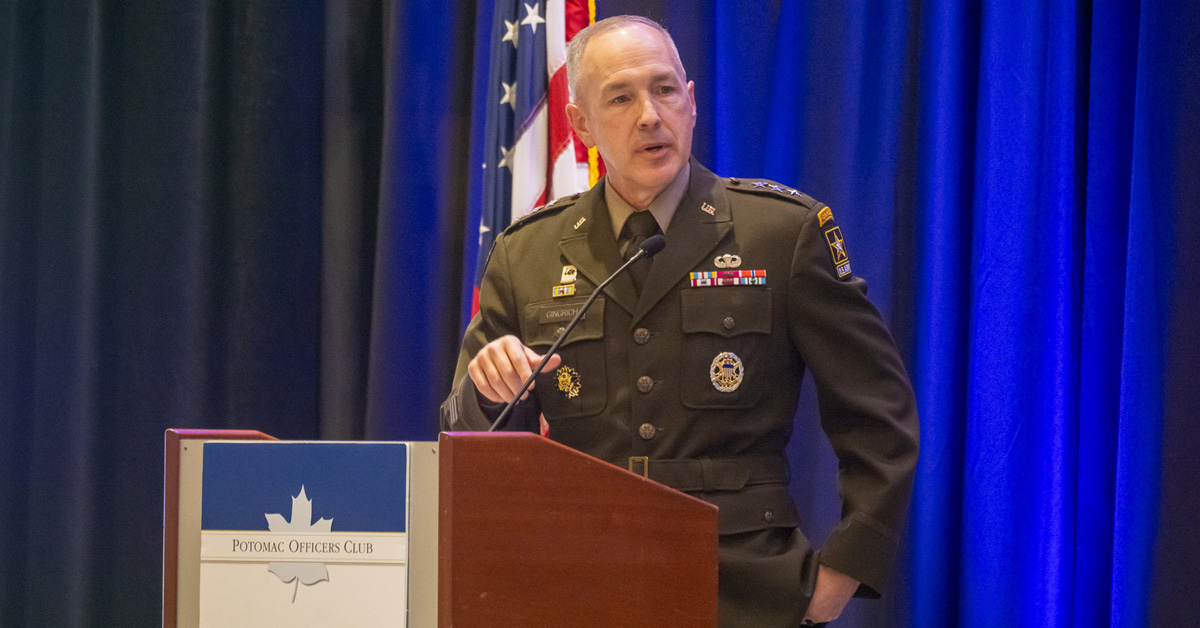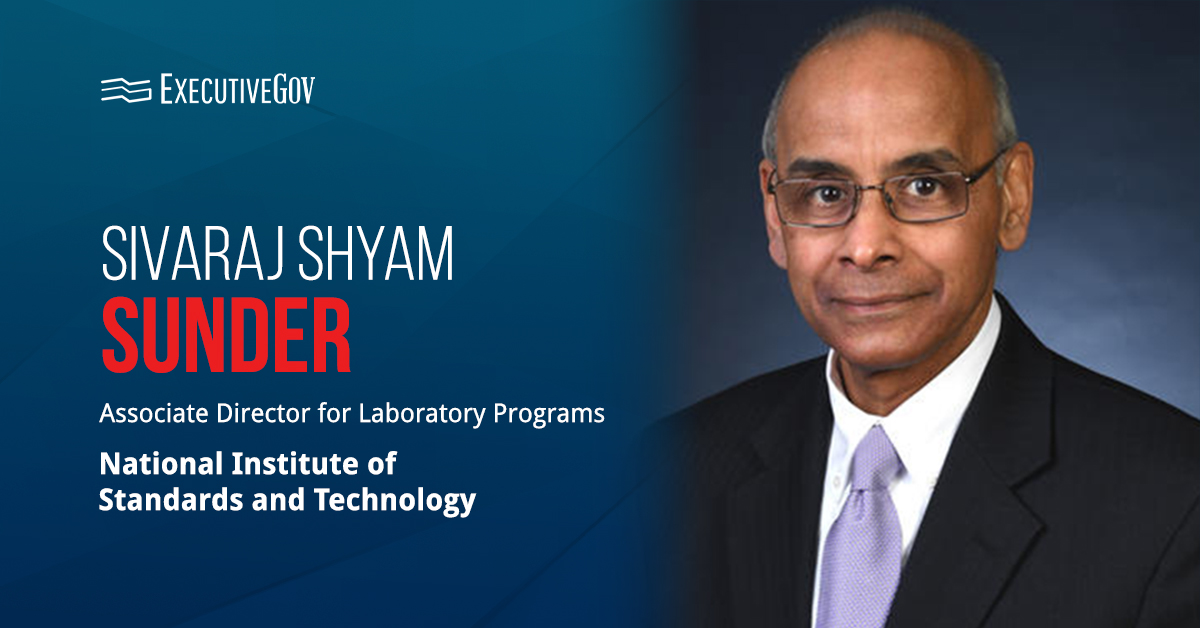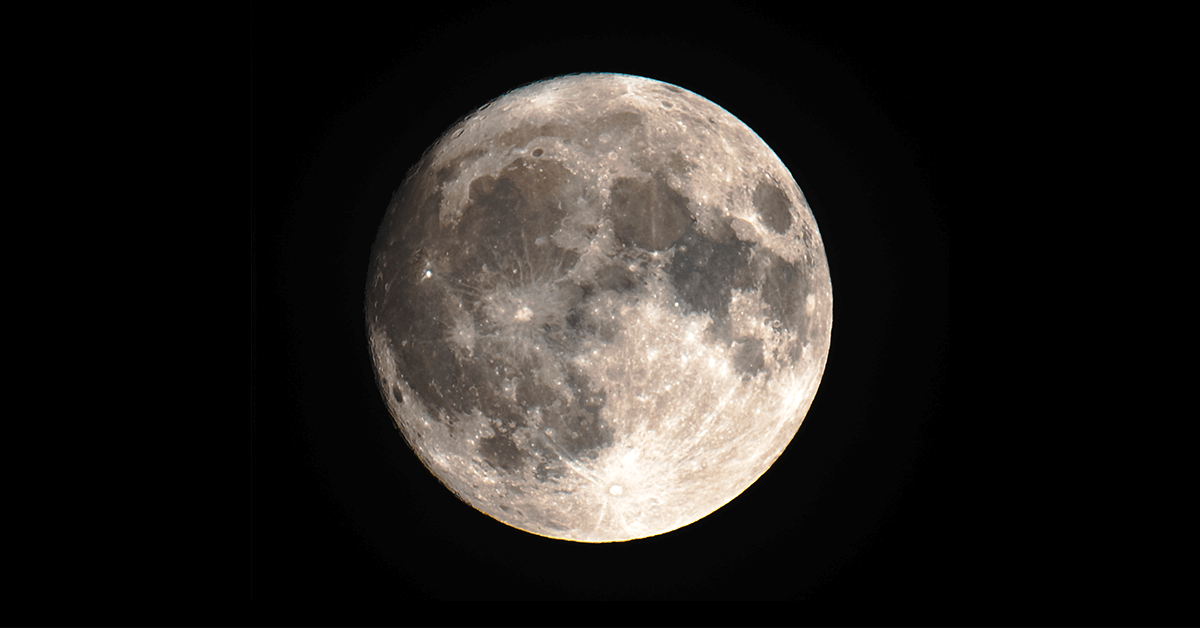NASA demonstrated the new RS-25 engine No. 20001 on June 20 at the Fred Haise Test Stand at the Stennis Space Center in Bay St. Louis, Mississippi.
The agency said Monday the full-duration “hot fire” test was done to evaluate the engine’s performance during launch. This marked the first test since NASA completed certification testing for new production RS-25 engines in 2024.
NASA’s RS-25 Engine Test Details
The hot-fire test, led by a team of NASA operators and representatives from L3Harris Technologies and Syncom Space Services, lasted approximately eight-and-a-half minutes or 500 seconds, mirroring the actual time required for the engine to fire during a launch of a Space Launch System, or SLS, rocket on Artemis missions. The test teams also fired engine No. 20001 up to the 111 percent power level, equal to the thrust required to launch the SLS rocket that will deploy the Orion spacecraft into orbit.
Each SLS launch will be propelled by four RS-25 engines. These engines, manufactured by L3Harris, will collectively produce up to two million pounds of combined thrust.




